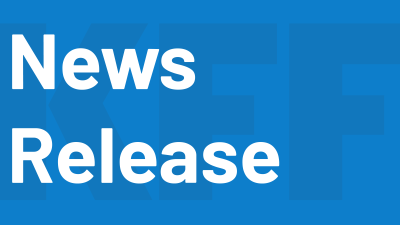 Annual Family Premiums for Employer Coverage Average $22,463 This Year, with Workers Contributing an Average of $6,106, Benchmark KFF Employer Health Benefit Survey Finds
News Release
Annual Family Premiums for Employer Coverage Average $22,463 This Year, with Workers Contributing an Average of $6,106, Benchmark KFF Employer Health Benefit Survey Finds
News Release
Annual family premiums for employer-sponsored health insurance average $22,463 this year, similar to last year ($22,221), the 2022 benchmark KFF Employer Health Benefits Survey finds. On average, workers this year are contributing $6,106 toward the cost of family premium, with employers paying the rest. Among workers who face an annual…